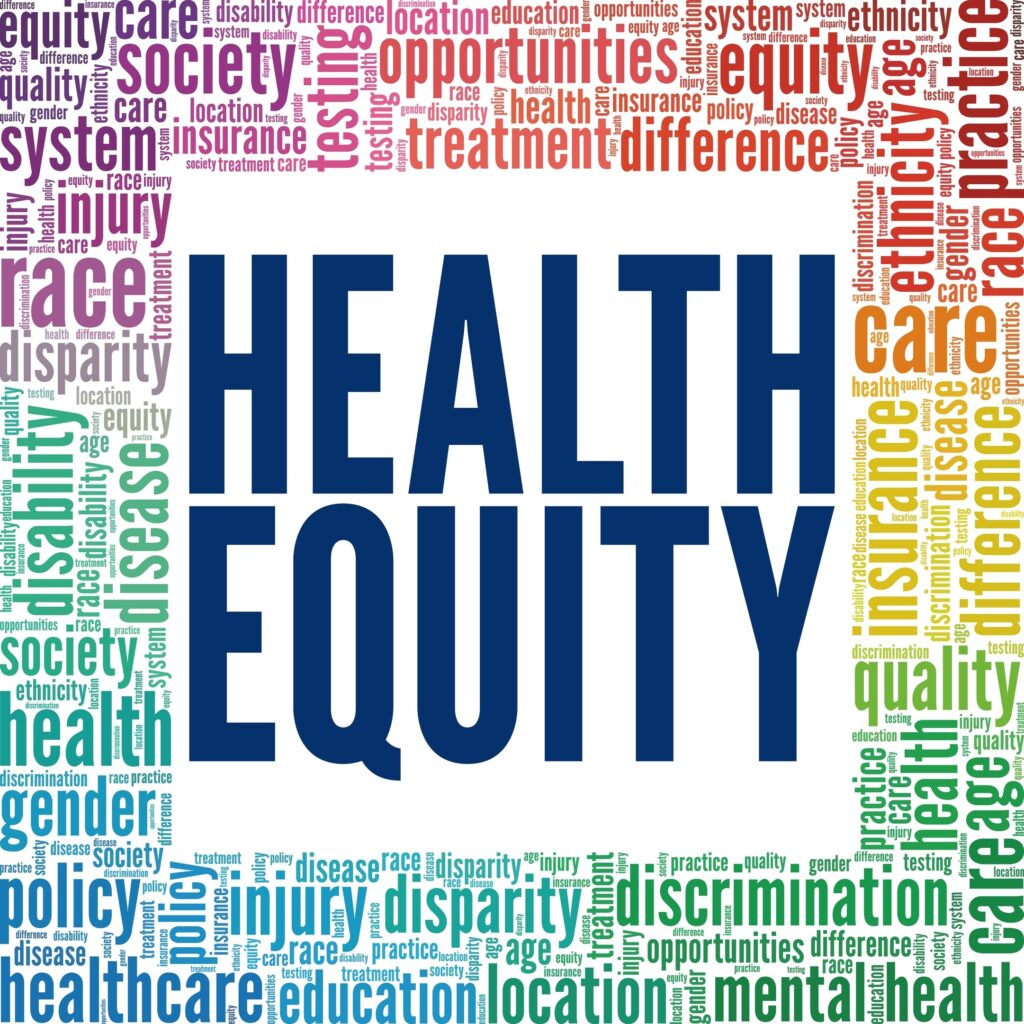Technology can cause a digital divide for patient safety
Providers are optimistic that digital technologies can offer more insight into care and preempt negative occurrences, but poorer populations often lack access.

While patient safety is a concern across all healthcare organizations, the industry has long recognized that risks are higher for providers serving poorer populations.
The risks for underserved communities increased during the COVID-19 pandemic, particularly at institutions that serve needy communities. And while many envision that technology can have an impact on patient safety statistics, there’s pessimism that it will significantly improve care for poorer populations.
In fact, technology may only exacerbate the growing divide in health equity, many fear.
Inequitable distribution of technology
Technology can have positive effects in improving patient safety, contends Urmimala Sarkar, MD, professor of medicine at UCSF in the division of general internal medicine, whose work centers on innovating for health equity and improving the safety and quality of outpatient care. For example, Apple Watches can detect cardiac arrhythmias and continuous glucose monitors can identify dangerously high glucose levels in diabetics. But these devices can be pricey, and poor populations can be priced out of their use.
Benefits of these technologies “tend to accrue to more advantaged populations,” Sarkar said during a webinar on technology and patient safety sponsored by the Health Resources and Services Administration during patient safety awareness in March. “And what we sometimes have is the widening of disparities. We’re pushing people toward digital modes of care, which are a struggle for those who are less advantaged.”
For example, healthcare organizations are increasingly moving patients to less intensive care settings, including care at home. But that requires some degree of technical expertise by family caregivers and other facilitating technologies, such as high-speed internet, says Priyanka Shah, senior project engineer for the device evaluation group at ECRI.
“If we don’t give enough attention to human factors, technology can introduce patient risk,” Shah says. “Now, if we put the onus of using technology on the caregiver or patient, they may not have the same ability as a trained caregiver.”
Technology also has enabled more digital communication between providers and patients, but those in poorer populations may have less access to patient portals or may not understand “what modes of communication are appropriate for what types of situations,” Sarkar adds.
Provider impacts
New technology solutions also may be beyond the financial reach of providers serving poor populations, Sarkar says, and these organizations often don’t have enough personnel to provide direct support to patients using these technologies. “We have a very circumscribed number of IT professionals, and there’s not the level of support needed by providers that is optimal to do this work.”
Other factors impact the use of technology – for example, federally qualified health centers in rural areas may not have access to broadband Internet, which precludes the use of virtual care that uses video, Sarkar contends.
Broadly, providers make assumptions about efficiencies and capabilities that technology offers, but those notions aren’t true across the board, she adds. “Many believe technology will save money by constraining in-person care. That’s often inequitable. Many health systems are trying to make patient portals accessible in different languages. (Many providers) don’t have the ability to invest in that level of customization and tend to use out-of-the-box products,” which may not offer information in the language a patient understands.
That lack of precise understanding puts patients at risk, says Kenneth Deans, president and CEO of Health Sciences South Carolina, a collaborative that represents leading healthcare organizations and medical education institutions in the Southeast. “The practical reality of it is if our patients don’t leave us understanding precisely where they’re at and what the next steps are, we put them at risk. They might be afraid or reserved about asking questions, because we’ve communicated in a language that’s above their heads, and that puts patient safety at risk.”
Taking responsibility
The wider use of technology, as inspired by the pandemic, has provided more avenues for care to all populations, such as telehealth capabilities. These not only can reach poorer populations but can extend outreach to those who might have limited access to certain services, such as behavioral healthcare in rural areas. That’s a “huge, positive impact,” contends Tim McDonald, MD, chief patient safety and risk officer at RLDatix, a technology provider.
But access to technology to provide a level playing field for care will continue to challenge providers, who have gravitated back to traditional care delivery approaches in the post-pandemic world.
“It’s kind of sobering and yet it’s also important in that it really elevated our awareness of the inequities and inequalities, as harms of care,” says Patricia McGaffigan, vice president, safety, Institute for Healthcare Improvement (IHI), and president of the Certification Board for Professionals in Patient Safety, an entity of the IHI.
It falls back on healthcare organizations to take consequential steps to ensure that health equity results in equal access to safe care,
“The organization is responsible for establishing a just culture and making sure that their caregivers and their providers are comfortable raising concerns,” says Nicole Kerkenbush, chief nursing and performance officer at Monument Health, a Rapid City, SD-based community-based healthcare system.
“I think the care team themselves has the responsibility of stepping forward and reporting concerns, whether or not they end up in a negative outcome or they’re what we call near miss or ‘good catches.’ We’ve got to be reporting all those things to work together to improve.
“And the patient has a responsibility to advocate for themselves, or if it’s a family member or loved that has to advocate,” she adds. “I think the community has a responsibility as well to get engaged in this problem (patient safety). This really will take everybody.”